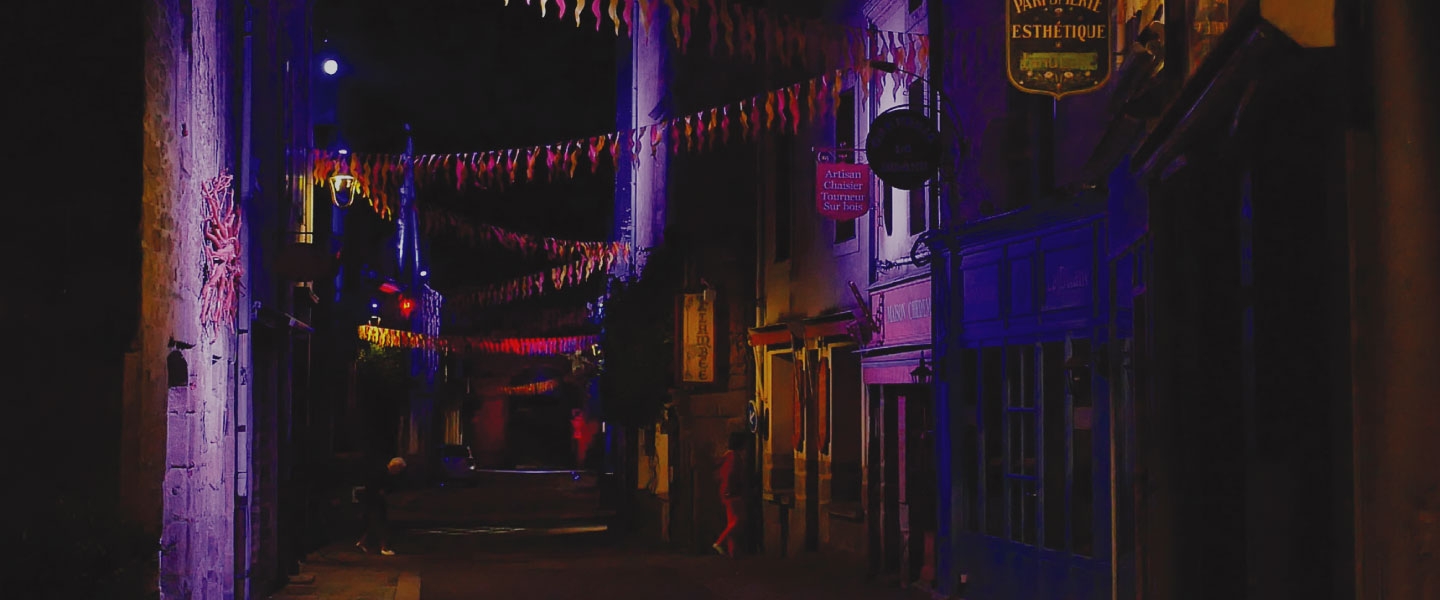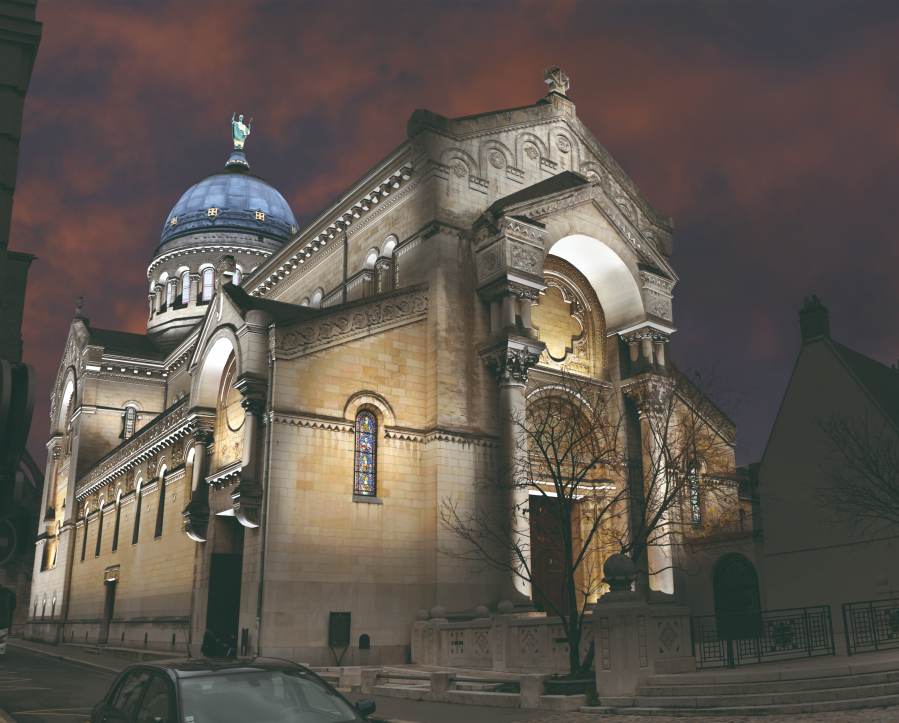
Light up plan for cities
To enhance the attraction of a neighbourhood or city through designing a lighting plan that highlights the architectural or historic heritage. To combine artistic expression with technological expertise. These are just a few of the missions assigned to a lighting designer in response to the challenges faced by a city looking to welcome tourists and please the locals. We spoke to Sylvain Bigot, founder of LYUM, a lighting design agency, about their plan to light up cities.
You respond to requests from communities to “light up” their city or cultural heritage. What are the objectives of the elected officials?
 The objective of these projects is to make the city more attractive. Make the city a destination rather than a simple stopover. Many cities have truly exceptional urban heritage, with its religious buildings, or a civil architecture. The idea is to attract flows of tourists and entice them to stay a few extra nights by offering them a journey of discovery through the heritage. Tourism might be a year-round business.
The objective of these projects is to make the city more attractive. Make the city a destination rather than a simple stopover. Many cities have truly exceptional urban heritage, with its religious buildings, or a civil architecture. The idea is to attract flows of tourists and entice them to stay a few extra nights by offering them a journey of discovery through the heritage. Tourism might be a year-round business.
How do the locals react to your projects?
Locals and residents are proud of their heritage. These projects are generously welcomed with enthusiasm. Of course, the residents and associations are vigilant when it comes to their potential effects on everyday comfort, for example, the impact of lighting in the evenings or noise levels. We must be willing to listen and communicate in a way that helps them understand the project fully. It must be managed in a manner that engages locals in a dialogue.
Is your mission then to extend the city’s “active time”?
Yes, these projects help to extend the city’s active time into the evening... Night-time lighting is no longer limited to purposes such as work, security or convenience. The night offers an opportunity to promote and enhance the community’s appeal. It’s a site to be experienced. Like in Maslow’s hierarchy of needs, we started with the need for security and moved up to the expectation of entertainment and fulfilment.
What difficulties do you run into with this type of project?
In the context of these heritage enhancement projects, we work on protected sites and listed buildings. This means a multitude of authorisations are needed. A lighting plan sometimes requires thousands of installation approval requests on privately owned properties. The less than 4% refusal rate just goes to show the commitment among residents and shop owners. In this setting, the technology must “disappear” and remain invisible... adding a bunch of cables is out of the question. Thanks to the Bouygues Energies & Services CityBox®, the existing public lighting network becomes a PLC (Power Line Communication) network. We are thus able to use the existing cabling to manage the lighting, markers, and sound systems.
All from the same public lighting cable... It’s the smart city ahead of its time... From a single cable, we can control the remote management system as well as multiservice systems from a single location. Our projects require infrastructure that enables active management; we control the lighting, markers, colour projectors, and more. For the sound system, several speakers can be installed along the route.
This adds a fourth dimension to the visitor’s experience. The lighting is the third dimension. With the addition of sound, a fourth dimension chimes in on that of time... The impact on local residents must be analysed. This requires very specific equipment that is waterproof, obviously, and that produces a very clear sound, with an excellent definition for a relatively low volume level. From a single cable, we can control the remote management system as well as multiservice systems from a single location.
In your projects, would you say you go beyond setting up lighting, as if setting a stage?
Indeed, it’s a sort of urban scenography. In the evening, we project images, videos and lighting effects onto façades and monuments. The city becomes a stage. The light trail is designed to guide and escort visitors as they discover the city.
How many actors are involved in such a project?
Let's just say it would be a very long round table introduction. All of the city departments are involved: building and architecture departments, public lighting, the parks and gardens department, ironwork craftsmen, parking, the municipal police, and more. We must exchange with everyone, even with dioceses for work on religious buildings. We create a smart approach in which everything intersects and everyone must interact, and thus learn to dialogue, all driven by solid project management.
What are the three key success factors?
You need a strong executive with genuine ambition, an executive that never gives up, led by the elected officials. You need a project management approach that will inspire a community, which oversees, explains, supports and coordinates. Experience with this type of project is a must. Finally, you will need an installation company who is highly committed. These projects are technologically complex and thus require trained local teams and dedicated agency leaders.
Are you involved in any recent neighbourhood renovation projects, not involving historical heritage, in the aim of improving quality of life for inhabitants?
Yes, we are. With lighting, you can enhance, create something from nothing, or transform once drab surfaces. The solutions are endless, even for buildings which may seem complicated at first. Lighting can create markers, beauty and even special effects. It adds a touch of magic to a space, like poetry on an urban page. In this field, France is lighting the way. The craft was invented in France nearly 40 years ago by Pierre Bideau, who continues to inspire us all.
For him, the lighting came as if from within the buildings. Thanks to his work, French cities now demand lighting as part of their projects. This distinctively French quality has placed us well ahead of the rest in terms of enhancing our heritage. At the same time, new technology continues to be developed, opening up new opportunities.


